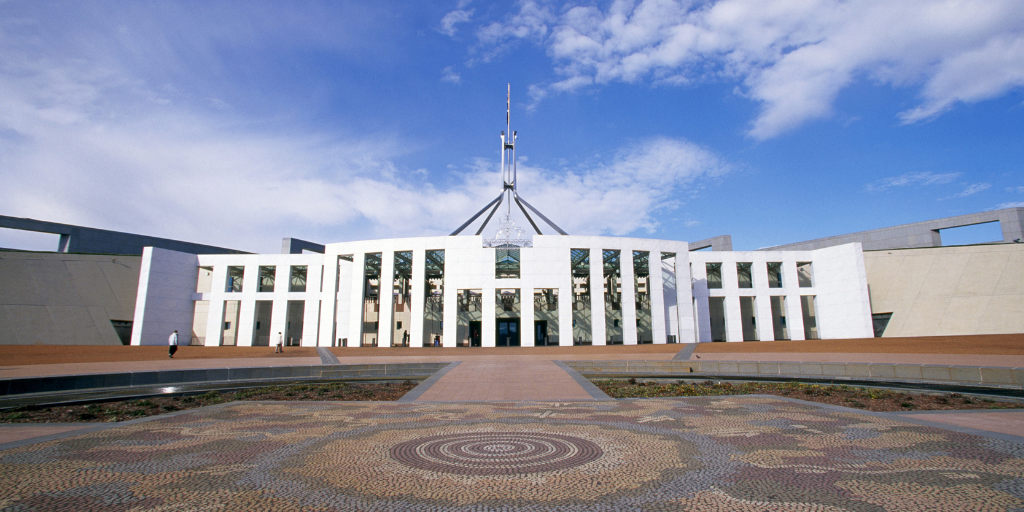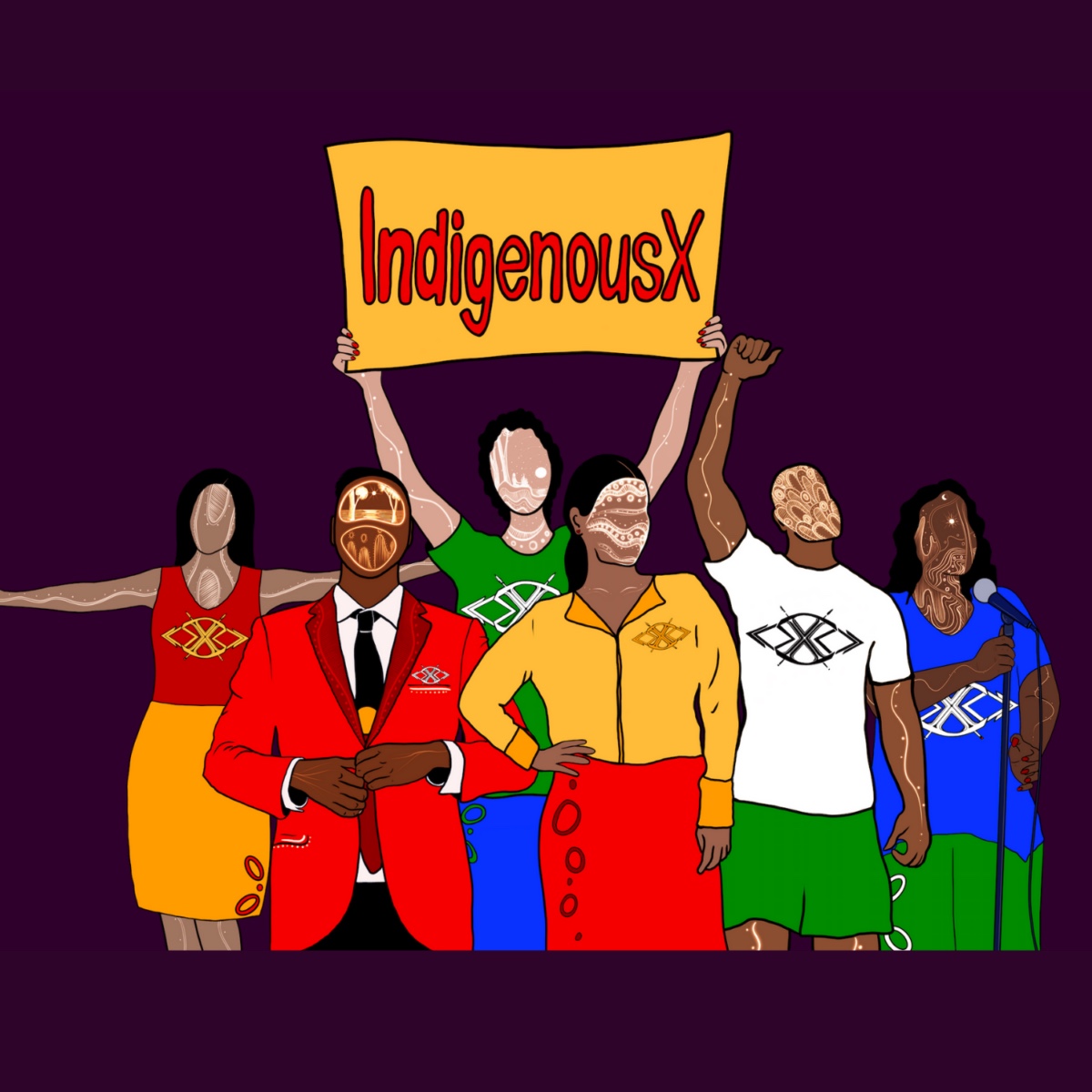Silencing the Voice: How government is failing the Uluru Statement from the Heart

On the 9th of January this year, Minister for Indigenous Australians, Ken Wyatt, released the ‘Indigenous Voice Co-Design Interim Report to the Australian Government’ (the ‘Interim Report’).
The purpose of this phase of the process was to follow through with calls for substantive structural law reform to benefit First Nations across the country at a Federal level and to ensure the Australian government and selected First Nation representatives, examined design options of an Indigenous ‘Voice’ called for in the Uluru Statement from the Heart in 2017 and the Joint Select Committee on Constitutional Recognition relating to Aboriginal and Torres Strait Islander Peoples Final Report in 2018.
The Interim Report has not recognised anywhere, that dialogue participants called for a constitutionally enshrined ‘Voice’ and that its design be guided by, or at the very least, considerate of, what the founders of the Uluru Statement from the Heart had intended – that is, for it to be an Indigenous representative body that provides advice to Parliament and to ministers on laws and policies that affect First Nations’ affairs.
Rather, the Interim Report places a great deal of focus on design options for a national ‘Voice to Government’. This means that there is an additional function the ‘Voice’ could have that the three appointed co-design advisory groups have tabled. There are functions and design options for a Voice to Government and functions and design options for a Voice to Parliament.
The Voice to Government takes a more administrative service-delivery body function that builds upon existing service-delivery institutions and their structures to complement them. In that context, the ‘Voice’ would have an additional advisory role which expands to the Australian government rather than being strictly confined to solely providing advice to the Commonwealth Parliament.
Founders of the Uluru Statement from the Heart were open to the ‘Voice’ having additional functions. However, it is the design of the Voice to Parliament specifically, that I would anticipate founders taking an issue with. This is because firstly, the Interim Report makes no mention of the constitutional enshrinement of the Voice to Parliament which was not only a key feature cultural authority had called for to protect the Voice from being easily extinguished by successive unsupportive government leadership. But also, the moment you refer to ‘Parliament’ you must consider constitutional issues and context. Secondly, the Interim Report precludes the ‘Voice’ from any legal capacity to expect to be consulted or justiciable rights to hold government officials and ministers accountable for neglecting to consult Voice members.
This is particularly troubling in circumstances where ministers or government officials neglect to consult with ‘Voice’ members when there is a clear identifiable ‘trigger’ reason to do so. For example, a key feature of the Voice to Parliament, outlined in the Interim Report, includes circumstances where a proposed law is to be made from a Commonwealth constitutional head of power and the identified subject matter or purpose of that proposed law either directly or indirectly impacts First Nations’ affairs. One would expect this would be a clear ‘trigger’ reason for a minister or government official to consult with Voice to Parliament members. However, as the report suggests, a minister or government official could continue with progressing with parliamentary processes of making the proposed law or policy that could clearly and identifiably impact upon First Nations’ affairs and still choose to exclude First Nation ‘Voice’ member input without being held legally accountable.
Whilst the Interim Report provides options for transparency mechanisms to lightly govern consultation with ‘Voice’ members, the measures it proposes are no different to what all citizens should expect from current parliamentary processes when laws and policies are made about them as a specific demographic the subject matter of the relevant law or policy is targeting. This weak accountability mechanism lacks adequate ministerial scrutiny for First Nations already burdened by the barrier of lack of consultation. Currently consultation may arise via parliamentary committees and tabling of advice sought for a bill which are placed on the public record in Parliament. However, dialogue participants wanted the ability to speak directly to both chambers of Parliament rather than rely on an ad hoc process in the hands of others.
But what is even more concerning, is that the Interim Report has put to the public design options for an Indigenous ‘Voice’ that are significantly different to what First Nations’ dialogue authority presented to the Australian people in the Uluru Statement from the Heart. Distortion of the authentic message has the potential to further promote distrust by First Nations of government. It demonstrates that their voices are ignored even as they enter into a range of new relationships with government, including sub-national treaty-making and truth-telling initiatives.
In deviating from the Uluru Statement from the Heart the Advisory committee’s latest proposal is at odds with principles of good governance, equality, self-determination and representative democracy.
At this stage of the process, co-design of an Indigenous ‘Voice’ should be guided by trust-building, transparency, respect for First Nations voices and authority that participated in the dialogues, First Nations unlimited political inclusivity and procedural fairness and consistency. This is what good governance and responsible government should look like in liberal democracies like Australia.
The submission round is now open for the public to engage politically, providing their opinion as to what form an Indigenous ‘Voice’ should take. But the big question on most First Nations people’s minds, like myself, is what next? Will the Australian government honour its election commitment to timetable a referendum once the model for the Voice has been settled? Or, will it go back on its word and establish the Voice as something different to the intent and aspirations of dialogue participants?
As a Bundjalung woman and public lawyer involved in advocating for structural reform for the betterment of my people and culture, I hope for the latter. I want us to move forward as a nation that has a constitutional identity that is inclusive of First Nations interests.




